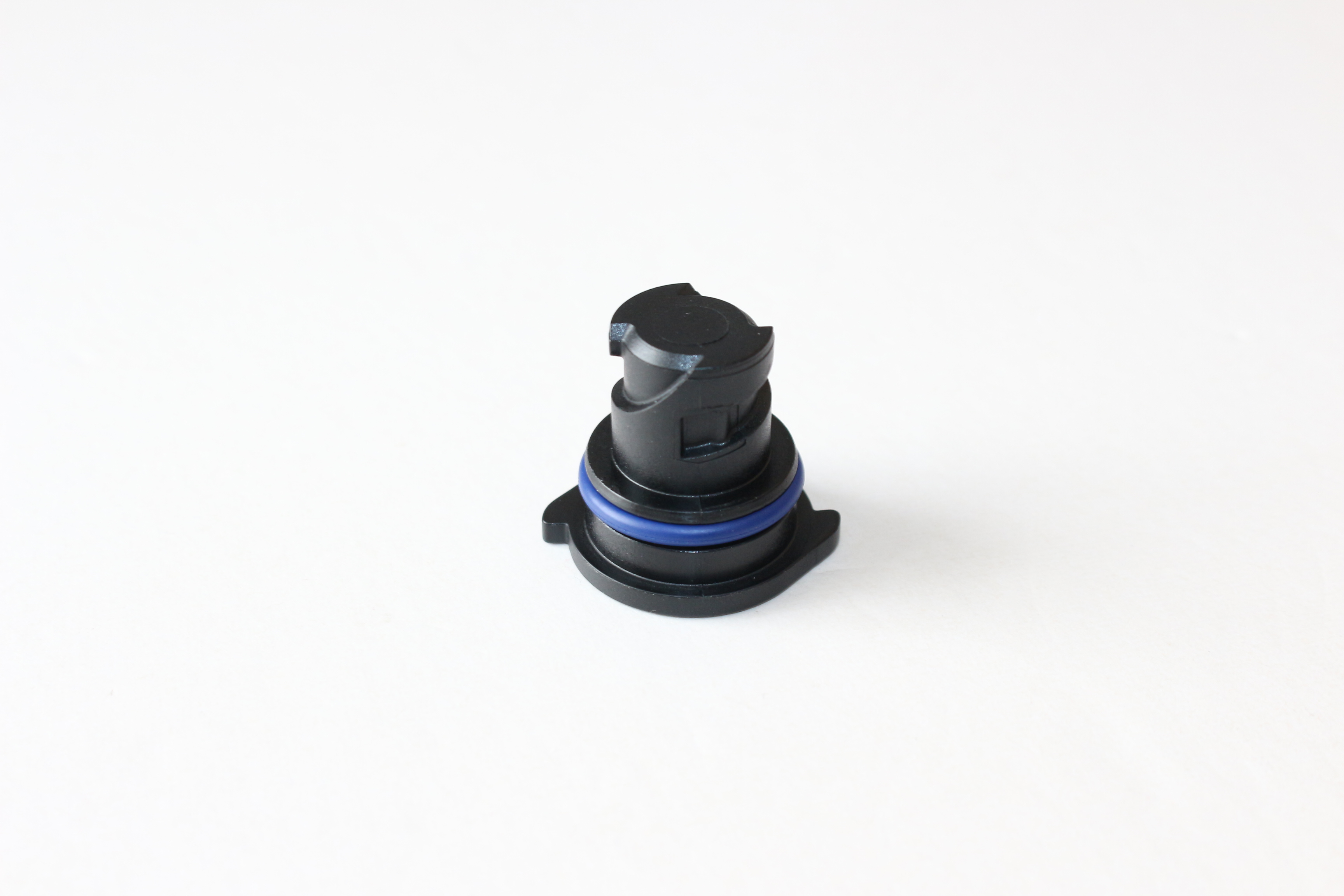differential side seal
Understanding Differential Side Seals Importance and Functionality
Differential side seals are essential components found in various mechanical systems, particularly in vehicles and industrial machinery. They serve a pivotal role in maintaining the integrity of lubricants, preventing contaminants from entering, and ensuring the smooth operation of differential gears. This article explores the significance of differential side seals, their functionality, construction, and maintenance considerations.
What Are Differential Side Seals?
Differential side seals are rubber or polymer-based components located at the junction where the differential housing meets the axle shafts. Their primary purpose is to contain the differential lubricant while allowing the axle shafts to rotate freely. As the vehicle moves, the differential gears operate at different speeds, especially during turns, and the seals need to accommodate this motion.
Importance of Differential Side Seals
1. Preventing Lubricant Leakage One of the foremost roles of differential side seals is to prevent the leakage of gear oil. Oil leaks can lead to insufficient lubrication of the gears, resulting in increased friction, overheating, and ultimately, differential failure.
2. Contaminant Protection The seals also act as barriers to dust, dirt, and moisture from penetrating the differential housing. Contaminants can severely impair the performance and longevity of the differential gears by leading to corrosion or excessive wear.
3. Maintaining Pressure Proper sealing helps maintain the necessary pressure within the differential. This pressure is crucial for the effective lubrication of the gears and the overall efficiency of the vehicle’s drivetrain.
Construction of Differential Side Seals
Differential side seals are typically made from high-quality elastomers or synthetic materials that can withstand varying temperatures and wear over time. The design usually includes a lip that presses against the axle shaft, creating a tight seal. Some advanced seals incorporate multiple lip designs or springs to enhance sealing performance and improve durability.
differential side seal

The dimensions and shape of the seals may vary depending on the specific application, vehicle type, or machinery. In many cases, manufacturers provide seals that are tailored specifically for their differential systems, ensuring optimal performance.
Common Issues and Maintenance
While differential side seals are designed for durability, they are not immune to wear and tear. Over time, exposure to heat, contaminants, and mechanical stress can lead to seal degradation. Signs of a failing seal include
- Oil Leaks Puddles of differential fluid beneath a vehicle or excessive fluid loss can indicate a compromised seal. - Unusual Noises Grinding or whirring sounds from the differential can suggest insufficient lubrication due to leaks. - Overheating An overheated differential can lead to serious damage, often linked to oil leaks from bad seals.
Regular inspection and maintenance are crucial to prolonging the life of differential side seals. Here are some essential tips
1. Routine Checks Regularly inspect for signs of fluid leakage around the differential. Early detection can prevent more significant mechanical issues.
2. Schedule Fluid Changes Follow the manufacturer’s guidelines for changing the differential oil. This ensures the lubricants remain effective, increasing seal longevity.
3. Replacement If a seal shows signs of wear or damage, prompt replacement is essential. Failing to replace worn seals can lead to expensive repairs or even complete differential failure.
Conclusion
Differential side seals play a fundamental role in the performance and reliability of differential systems in both vehicles and industrial machinery. By preventing lubricant leakage, protecting against contaminants, and maintaining proper pressure, these seals ensure the smooth operation of gears under various conditions. Regular maintenance and timely replacements can significantly extend their lifespan and safeguard against costly repairs, making them a vital component in modern engineering and automotive design. Understanding the importance and functionality of these seals will enhance any operator's knowledge, leading to more effective maintenance practices and improved vehicle performance.
-
The Ultimate Guide to Boat Propeller Bearings and Trailer Wheel Bearings
News Jul.31,2025
-
The Essential Guide to Marine Bearings and Boat Trailer Wheel Bearings
News Jul.31,2025
-
The Complete Guide to Heavy Duty Seals: Protecting Doors and Spaces Efficiently
News Jul.31,2025
-
Essential Guide to Marine Shaft Bearings and Boat Trailer Axle Bearings
News Jul.31,2025
-
Comprehensive Guide to Marine and Trailer Bearings for Safe Boating and Transport
News Jul.31,2025
-
Comprehensive Guide to Automotive Oil Seals: Protecting Your Engine and Shafts
News Jul.31,2025
-
Understanding Automotive Oil Seals: Essential Components for Engine and Shaft Protection
News Jul.30,2025
Products categories















